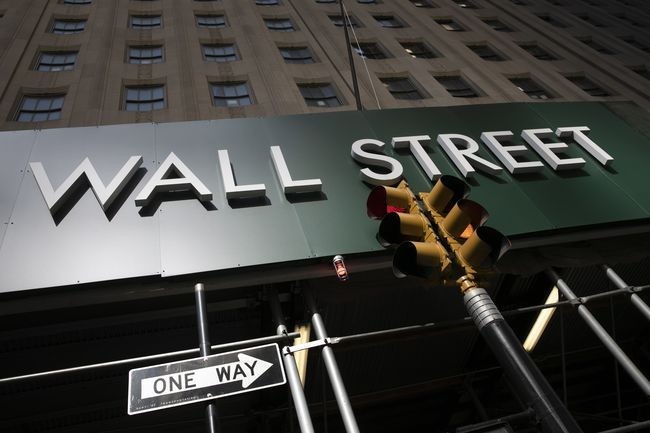
Table of Contents
What is Wall of Worry?
One term that aptly captures this rollercoaster experience is the "Wall of Worry." It refers to the collective fears, concerns, and uncertainties that investors face. In this article, you'll delve into the concept of the Wall of Worry and its relevance for Indian investors. By understanding the psychological factors behind this wall and exploring strategies to navigate it, you can equip yourself with the necessary understanding to make informed investment decisions.
Understanding the Wall of Worry
The Wall of Worry is a term used to describe the collective fears, uncertainties, and concerns that investors face in the financial markets. It represents the psychological barrier that can hinder investors from making rational decisions due to the perceived risks and uncertainties. The Wall of Worry is closely related to Investing and financial markets because it influences investor sentiment and Market behaviour. When the wall is high, investors may hesitate to invest or may even sell their holdings, leading to market Volatility.
Examples of worries that contribute to the wall include:
- Geopolitical tensions
- Economic downturns
- Regulatory changes
- Trade disputes
- Global pandemics
These concerns can create market fluctuations, making it important for investors to understand and navigate the Wall of Worry to make informed investment decisions.
Talk to our investment specialist
Psychological Factors Behind the Wall of Worry
Listed below are the psychological factors behind the wall of worry. Have a closer look for a better understanding.
- Investors are prone to cognitive biases like confirmation bias (favouring information that supports their existing beliefs) and loss aversion (fearing losses more than gains). These biases amplify worries and hinder rational decision-making.
- The fear of losing money and uncertainty about future market movements contribute to the Wall of Worry. Investors may worry about Economic Conditions, political instability, or unexpected events that could impact their investments.
- Investors often exhibit a tendency that is influenced by the worries expressed by others. This herd mentality intensifies the Wall of Worry as fears spread and amplify.
- Emotional responses, such as panic selling during market downturns or excessive optimism during bull markets, can be driven by the Wall of Worry and impact investment decisions.
- Focusing too much on short-term news and events can magnify worries and distort the bigger picture, leading to impulsive actions based on temporary concerns.
Effects of the Wall of Worry
Here are the potential effects of the wall of worry:
Market Volatility: The Wall of Worry contributes to increased market volatility as investors' fear and concerns lead to frequent buying and selling, causing price fluctuations.
Opportunities for Contrarian Investors: The Wall of Worry creates opportunities for contrarian investors who go against the prevailing sentiment. They can capitalise on undervalued assets when others are fearful.
Self-fulfilling Prophecies: The collective worry can become a self-fulfilling prophecy as investors' actions based on fear can impact market outcomes, reinforcing the concerns and further affecting market trends.
Strategies for Navigating the Wall of Worry
Here are the best strategies for navigating the wall of worry, have a closer look at them.
- Focus on long-term goals and avoid being swayed by short-term market fluctuations driven by the Wall of Worry.
- Differentiate between legitimate risks and temporary market noise. Conduct thorough research and analysis to make informed investment decisions.
- Stay updated on relevant news and information, but don't let it overwhelm you. Maintain a balanced perspective and avoid getting caught up in sensationalised headlines.
- Build a well-diversified Portfolio across different asset classes to mitigate the impact of specific worries on individual investments.
- Consult with financial advisors who can provide guidance and help navigate the Wall of Worry based on their expertise and experience.
By implementing these strategies, you can navigate the Wall of Worry more effectively and make rational investment decisions based on long-term goals and fundamentals rather than short-term worries.
Final Thoughts
In the ever-changing landscape of investing and financial markets, the Wall of Worry stands tall, casting shadows of fear and uncertainty. However, rather than being intimidated by its imposing presence, you should embrace it as a gateway to growth and opportunity. By understanding the psychological factors behind the Wall of Worry and implementing strategies to navigate it, you can discover the possibilities for enduring success in your investment journeys. Remember, amidst the cacophony of worries, there are many hidden opportunities waiting for those who remain resilient and steadfast.
All efforts have been made to ensure the information provided here is accurate. However, no guarantees are made regarding correctness of data. Please verify with scheme information document before making any investment.










